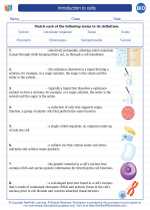Neurons and Nervous Tissue
Neurons are the functional units of the nervous system. They are specialized cells that transmit electrical and chemical signals. Neurons consist of a cell body, dendrites, and an axon. Dendrites receive signals from other neurons, while the axon transmits signals to other cells.
Neural Communication
Neural communication occurs through a process called synaptic transmission. When an action potential (electrical signal) reaches the end of a neuron's axon, it triggers the release of neurotransmitters into the synapse, the small gap between neurons. The neurotransmitters then bind to receptors on the receiving neuron, leading to the generation of a new action potential.
Central and Peripheral Nervous Systems
The nervous system is divided into the central nervous system (CNS), which includes the brain and spinal cord, and the peripheral nervous system (PNS), which consists of nerves that connect the CNS to the rest of the body. The CNS integrates and processes information, while the PNS transmits sensory and motor signals between the CNS and the body.
Membrane Potential and Action Potentials
The resting membrane potential is the electrical charge difference across the neuronal membrane when the neuron is not conducting signals. Action potentials are rapid changes in membrane potential that allow for long-distance signaling. They are generated when the membrane potential reaches a threshold level, causing a rapid depolarization and repolarization of the membrane.
Sensory and Motor Systems
The sensory system is responsible for detecting and processing sensory information from the environment, including touch, taste, smell, vision, and hearing. The motor system controls voluntary and involuntary movements of muscles and glands, allowing us to interact with our surroundings and maintain homeostasis.
Neurophysiological Disorders
There are many disorders and conditions that can affect the nervous system, such as epilepsy, Parkinson's disease, Alzheimer's disease, and multiple sclerosis. Understanding the underlying neurophysiological mechanisms of these disorders is crucial for developing effective treatments.
Study Tips
- Review the structure and function of neurons, including the transmission of signals.
- Understand the role of neurotransmitters and synaptic transmission in neural communication.
- Differentiate between the central and peripheral nervous systems, and their respective functions.
- Master the concepts of membrane potential, action potentials, and their significance in neural signaling.
- Explore the sensory and motor systems, and how they contribute to our perception and movement.
- Research and understand common neurophysiological disorders and their impact on the nervous system.
◂Biology Worksheets and Study Guides High School. Introduction to cells
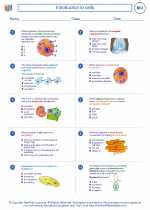
 Worksheet/Answer key
Worksheet/Answer key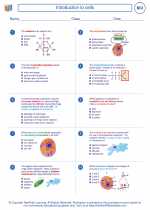
 Worksheet/Answer key
Worksheet/Answer key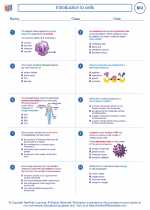
 Vocabulary/Answer key
Vocabulary/Answer key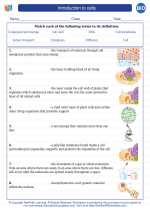
 Vocabulary/Answer key
Vocabulary/Answer key
 Vocabulary/Answer key
Vocabulary/Answer key
 Vocabulary/Answer key
Vocabulary/Answer key